
views
- Mic monitoring allows you to hear your voice in your speaker or headset as you speak into the microphone.
- When gaming, mic monitoring ensures that you can hear your own voice, as well as in-game audio.
- You can enable mic monitoring on your headset, Xbox, PC, Mac, or PlayStation console.
What is mic monitoring?
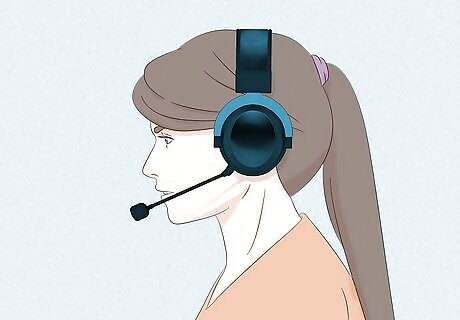
Mic monitoring allows you to hear audio from your microphone through your speaker or headset. This allows you to hear your voice as you speak (or sing) in real-time. Mic monitoring (sometimes referred to as "sidetone") is a feature in many audio headsets, as well as on PC, Mac, and gaming consoles. It can also be used in the live performance setting, or a recording session.
What is it used for?

Online gaming. Many gamers like to use mic monitoring while playing online games using Xbox One, a PC, and other gaming consoles. Many gaming headsets come with mic monitoring built in, but you can also enable mic monitoring for a mic that's connected to your computer. All the latest game consoles also have mic monitoring.

Video and voice chats. Mic monitoring is also useful in online meetings as well as voice and video chats, as it helps you monitor your volume and audio quality to make sure other participants can hear you clearly.

Audio recording. Mic monitoring can be used during recording sessions, whether you're recording a podcast, singing, or performing a voiceover.

Live performances. Whether you are performing music, acting, or just speaking to a crowd, mic monitoring allows you to hear the volume of your voice compared to other instruments or performers and find a comfortable volume level. In a live setting, mic monitoring can be done with an in-ear earbud or a monitor speaker placed at the foot of the stage.
Advantages

It allows you to correct audio problems in real-time. Mic monitoring allows you to hear if your microphone is too loud or too quiet. It also allows you to hear if there are any technical problems, like too much background noise, or if your mic's audio is cutting out. You can correct these problems so that you can be heard properly.

Mic monitoring can keep you from having to shout. Many headsets have noise-cancellation features. Couple that with loud music and sound effects from a game, as well as other team members speaking at once, it can make it hard to hear your own voice. You may be tempted to start shouting. Mic monitoring allows you to hear yourself so you can speak at a comfortable volume.
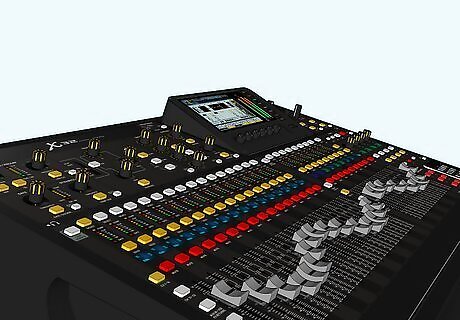
It saves post-production work. If you are recording, mic monitoring gives you a decent baseline level for your microphone audio. This can save you from having to do a bunch of work after you finish recording.
Disadvantages
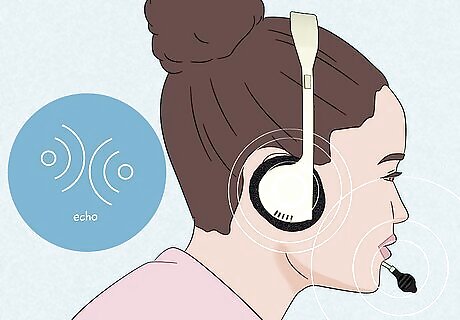
Mic monitoring can cause echo and/or feedback. If your microphone is picking up the audio from your speaker, it can cause an echo or feedback. You can avoid echo and feedback by turning your speaker volume down (or using a headset) and aiming the microphone away from the speakers.

It can be distracting. For many, hearing your voice through a speaker can be a bit off-putting. It takes a little getting used to.
How to Enable Mic Monitoring
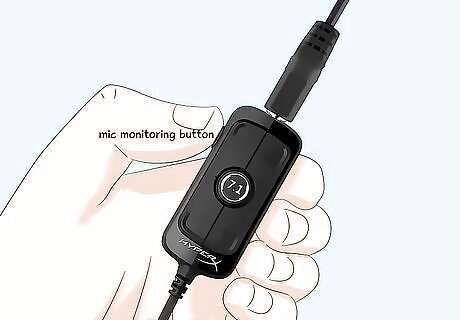
Enable mic monitoring on your headset. If your headset has a built-in microphone, there's a good chance it may have mic monitoring built-in. Consult the user's manual that came with your headset to learn how to turn it on. Chances are, there is a button or switch on the side of the headset or where the controls are at. If your headset does not have mic monitoring, or you are using a separate microphone, you can enable mic monitoring on your PC or game console.

Enable mic monitoring on Xbox. Connect a headset with a mic to your controller. Press the Xbox button on your controller. Select the System tab. Select Audio. Move the slider bar below "Mic Monitoring" to the desired volume.
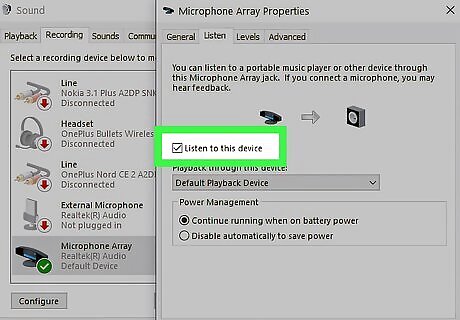
Enable mic monitoring on your Windows PC. Use the following steps to enable mic monitoring on a Windows PC: Make sure you have a microphone connected. Click the Windows Start menu and type "Control Panel." Click the Control Panel icon. Click Hardware and Sound. Click Sound. Click the Recording tab. Double-click your microphone. Click the Listen tab. Click the checkbox next to "Listen to this device." Select your speakers or headset below "Playback through this device." Click Apply. Click Ok.
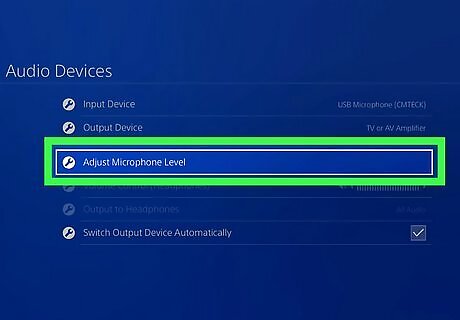
Enable mic monitoring on a PlayStation 5. Make sure a headset is connected to your controller or to a USB port on your PS5. Select the Gear icon in the upper-right corner of the home screen. Select Sound. Select Microphone. Select Adjust microphone level. Adjust the slider bar next to "headset on controller/USB/controller microphone" at the bottom of the screen.
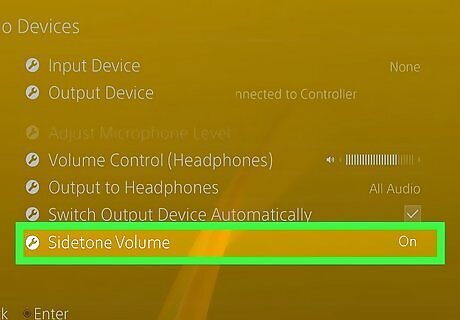
Enable mic monitoring on a PlayStation 4. Select the Settings option on the home screen. Select Devices Select Audio Devices. Select Sidetone Volume. Select your desired microphone volume level.

Enable mic monitoring on a Mac. Unlike Windows, macOS does not have a built-in way of enabling mic monitoring. Instead, you need to use the settings of a specific app that uses audio recording. Use the following steps to enable mic monitoring in QuickTime: Make sure a mic is connected to your Mac. Open QuickTime. Click File in the menu bar at the top. Click New audio recording. Drag the slider bar next to the microphone icon to the desired volume level.

















Comments
0 comment